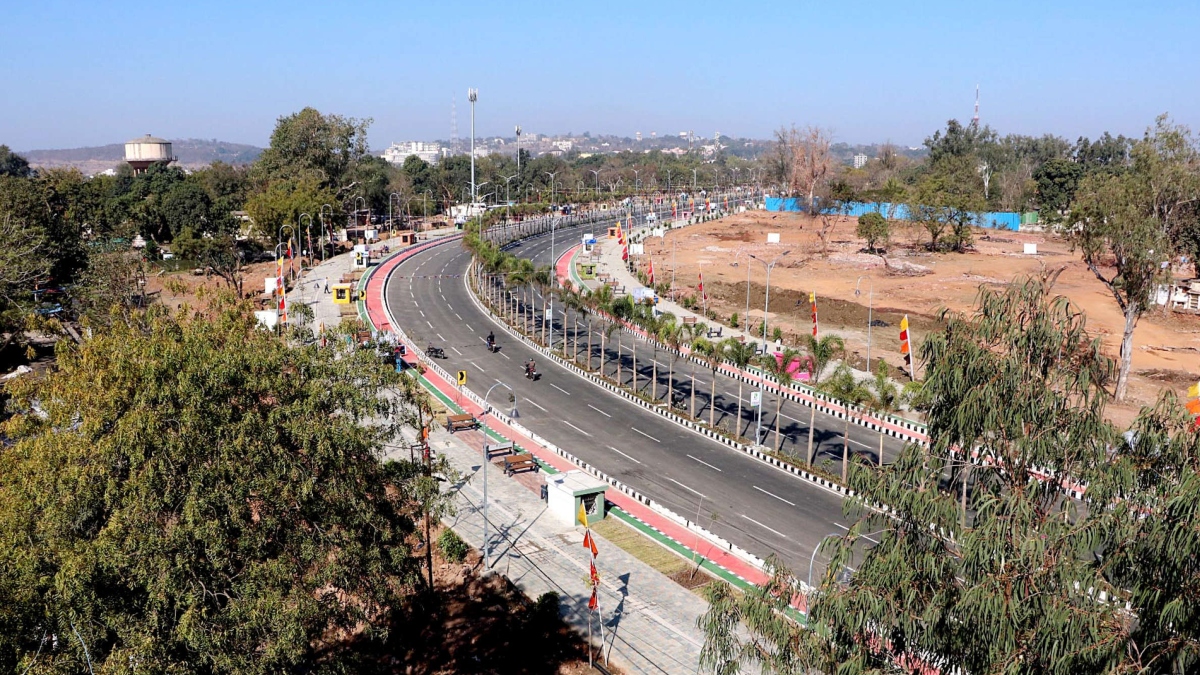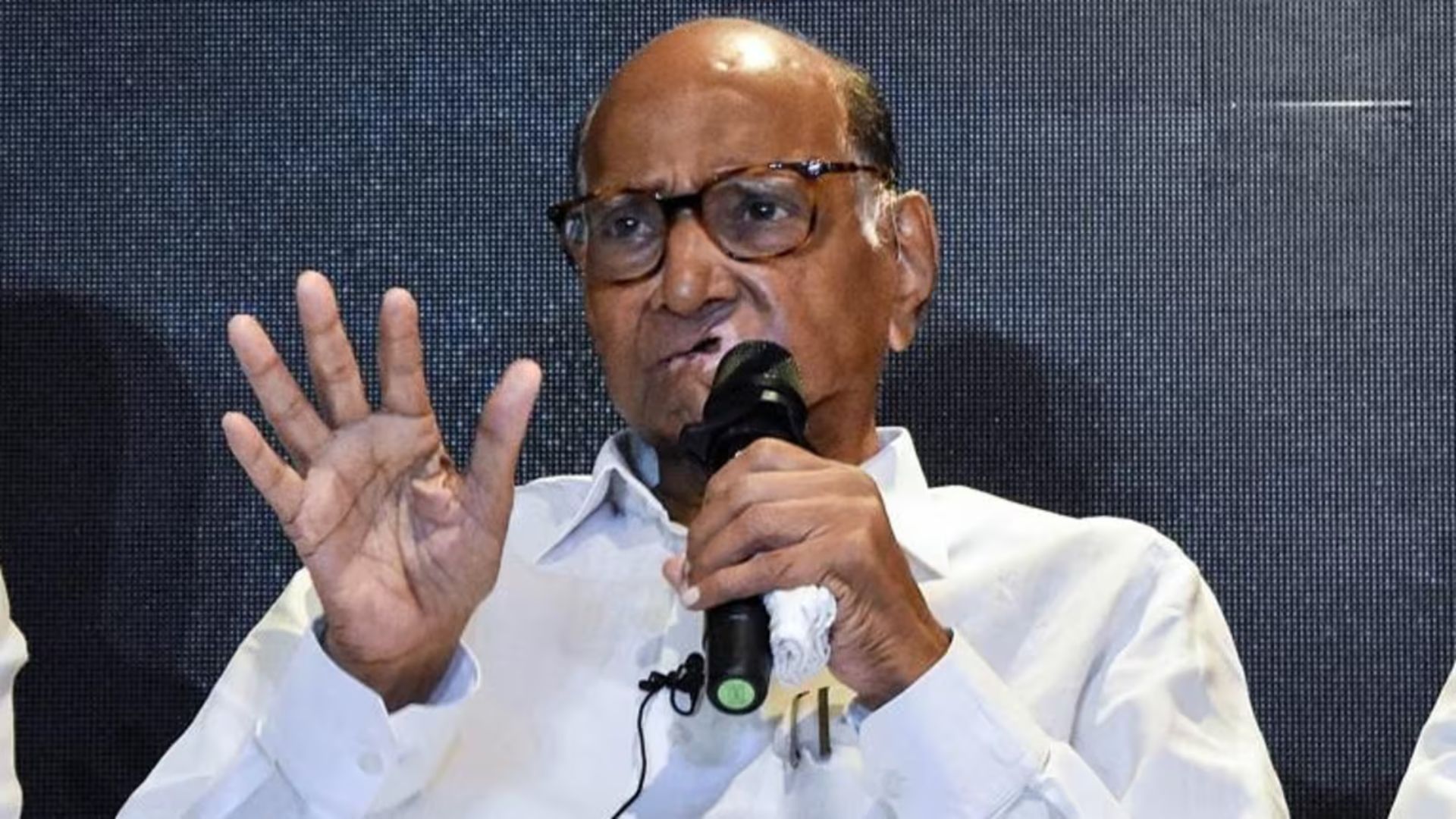
Smart City Mission has been brought out as a committed design by governments across the world to resolve the urban crisis. Cities have outgrown government capacity to manage. Population in Indian cities is rising at such speed that it adds a Chicago every year and by 2030 may add a total US population to urban India. Yet, more threatening is the fact that this enormous load may come to cities in this decade itself and that too within half the time than what it would have otherwise taken before 2010. This provoked the Government of India to launch the Smart City Mission on 25th June 2015 and locate it at the Ministry of Housing and Urban Affairs (MoHUA). It was scheduled to be completed by 2020 but is now extended to perpetuity. One may take a plunge into the Mission’s vision statement, focus areas and the direction to understand how well it may address the new concerns over and above the unresolved pre-existing ones which are now being ignored. The Smart City idea has brought a stampede of IT Companies at the MoHUA as it provides a really huge market for new technology but unless these grassroot concerns are addressed this idea may suck the country’s funds in favour of big IT giants without pulling cities anywhere close to being smart. This writing in a series of five articles will address five priority concerns that have escaped the attention of Smart City Mission. These are scavengers and safai karmcharis (garbage pickup workers), animal population and welfare, informal sector markets, shelters for the elderly and the rule of law, in contrast, to rule by law. The questions which surround the impact of ignoring these concerns in ranking smart cities may fail the mission to reach anywhere It will be like looking for fruits after cementing the roots.
The idea of a smart city emerged when Bill Clinton approached the philanthropic Chairman of the Cisco Board, John Chambers to utilize his equipment for digital networks for making cities more sustainable. Consequently, a project with a budget of $25 million was launched and its results were taken to the market in 2010. The returns to the company could also be seen as Cisco grew from $70 million in the mid-nineties to $1.2 billion when the smart city project started but rose to an astounding $47 billion in five years till 2015. The well-known journalist on internet issues Francis Pisani in his book A Journey through Smart Cities: Between Datapolis and Participolis adds that during this time most big companies including IBM joined this gold rush. Clinton believed that once this marriage between unbridled urbanization and the explosion of information technology takes place, cities will live happily ever after. The idea looked simplistic one dart solution to many problems, was so well promoted with a missionary zeal that countries started falling in line including India and neighborhood South Asian countries where governments in their zeal to modernize escaped solutions which resonated more appropriately with grassroots. The Modi government promised to build 100 smart cities by allocating a budget of $ 1 billion to this project. The model of these cities was not clearly framed as varieties of indicators such as digitization of services, evaluating interruptions (of electricity and water), governance (transparency, accountability, honesty and leadership), the energy produced and consumed from renewable resources, sanitation, etc constituted indicators for evaluation.
Indian Smart City policy adopted a vision which, despite the caption ‘people first’ inadvertently placed ‘technology first’. This occurred due to inherent unresolved confusions on defining ‘people’ which were least homogenous especially in a country like India with a ten thousand-year-old history. This also prevented an appropriate diagnosis of the urban problem. In its 2019 publication World Urbanization Prospects (WUP) of the United Nations, Department of Economic and Social Affairs, Population Divisionhad estimated urban population in India to reach a staggering 600 million by 2030 which is just 7 years away. A 2020 Report of the Technical Group on Population Projections (TGPP) chaired by the Registrar General of India (RGI), has projected the country’s population to reach 1.47 billion by 2030. This would naturally increase the density of population as well which is likely to rise from 368 today to 463 people per sq.kms. During this hurly-burly of urban chaos in India which was to leave behind rural population by 2050 would actually do it much earlier now. So how would the Smart Cities Mission statement of ‘ensuring liveable, inclusive, sustainable (and) thriving economies that offer multiple opportunities to people to pursue their diverse interests’ be reached with the indicators adopted in ranking them as smart?
Ranking Smart Cities begins by selecting cities for investments under the Mission, on the basis of their population and number of statutory towns in them. They are selected both state-wise and nation-wise. In the first round of this preliminary selection, those who scored the highest on existing service levels, institutional capacities, self-financing, past track record and reforms, as well as on the quality of the smart city proposal they presented were selected. This suggests that the Smart City Mission did give attention to the pre-Smart City governance standards of the city so when these cities were ranked later on a scale of smart features they would not demonstrate variations due to where they started from. The Bureau of Indian Standards (BIS) had issued indicators for ‘Smart Cities’ which were to be raised as such. In 2016 the Bureau had stated that it had been guided by ‘ISO 37120:2014-Sustainable Development of Communities: Indicators for city services and quality of life’. The Bureau also said that city aspiration in terms of its heritage, culture, industries, business, and tourism should find space in planning and growth of these cities.
Then comes the ranking of cities which have applied smart features to be rated in the list. Ranking is not easy especially when a large number of people do not like the term ‘smart city’ for various reasons which have escaped the government’s attention. Information specialists at the University of Sheffield had developed the first global Smart City ranking. They expected advances in communication technologies including mobile networks, innovative and intelligent technologies will enhance security, fuel efficiency, resilience to natural disasters and transform capacities to manage home to office. They developed a set of 31 indicators for measuring the economics, infrastructure and social benefits of a smart city and generate data sets to produce Smart Cities Index. Nevertheless, they agreed that no city can truly be called a smart city nor this set of indicators would tend to be of everlasting value. It is seen that smart city rankings represent dominant interests and hegemonic desires of a particular period in the history of a nation rather than the voice of grassroots.
Smart Cities in 2021 were ranked on the Municipal Performance Index and Ease of Living Index. The former included the services, finance, technology and governance, and the latter includes quality of life, economic ability, sustainability and citizen perception respectively. The fact that smart cities in their present forms may not be a better offer of governance is embedded in the findings of such a ranking process. Gaziabad which comes first in Municipal services sinks many ranks below when it comes to governance, finance and technology and it also features nowhere in offering a quality of life, economic ability or sustainability. Similarly, Bangalore which ranks no.1 in economic ability stands nowhere in any other indicator. Interestingly, Indore which is No.1 in technology and finance, 2nd in governance and services, 4th in quality of life yet stands nowhere in any other indicators of sustainability and economic ability. Is morphology of governance so disjunct, scattered, and monosyllable that a Smart City can be ranked ‘Smart’ with one indicator to a rejection of other indicators? Nonetheless, let us believe the ranking system that quality of life has little to do with services and governance or an unsustainable city may do very well in economic ability and finance, then how does a city be called ‘Smart’?
So, let us begin from some very close-to-life indicators mentioned at the beginning of this writing which every citizen of any socio-economic level may expect a smart city to deliver but a smart city as conceived today will never be able to deliver. These 5 most basic and essential indicators precede any of the listed indicators to rank smart cities. How has a smart city design overlooked these essentials? Failing in these five essential indicators a city may not be able to cope with any challenge be it a challenge of citizens’ services or any disaster. These five indicators which have missed the attention of experts at the NITI Ayog shall be discussed in my coming columns in this series on Grassroot Concerns of Smart Cities.
In summing up, a Smart City appears to be what one may categorize as a digital metaphor where the writing on the wall is clear. It diverts funds and resources from district-level departments to a ‘Mission’ which promises a city that is smart (or smarter?) and would ensure good governance. If just half of this investment was done in improving the implementation capacity of district and ward governance, by adding a few more jobs of managers and data analytics, technology sophistication and networking, cities would have had a state of the art District Town and Country Planning office with higher outreach, more inclusive and cost-effective implementation.
The author is president of Network Asia Pacific Disaster Research Group, Senior Fellow at the Institute of Social Sciences, and former Professor of Administrative Reforms and Emergency Governance at JNU. The views expressed are personal.
This piece is part of a series of five articles on ‘Grassroots Concerns of Smart Cities Mission’. Rest of the articles would be featured on Thursdays consecutively.















